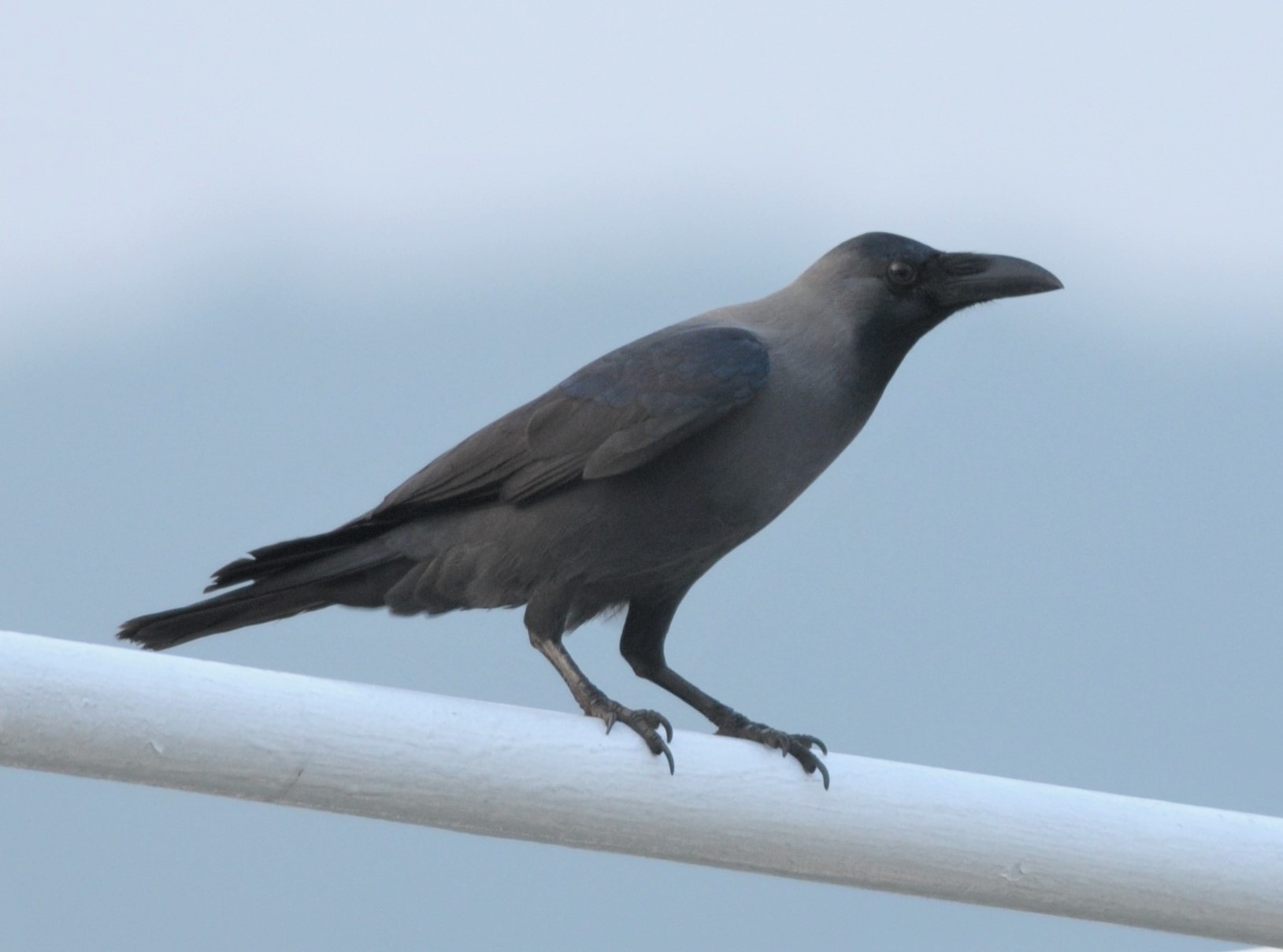Overview of Invasive Alien Species
Non-native / alien species in Hong Kong
There are a considerable number of non-native or alien species in Hong Kong. For instance, of some 3,000 vascular plant species recorded locally, about one third are alien, some of which are common fruit trees and ornamental plants.
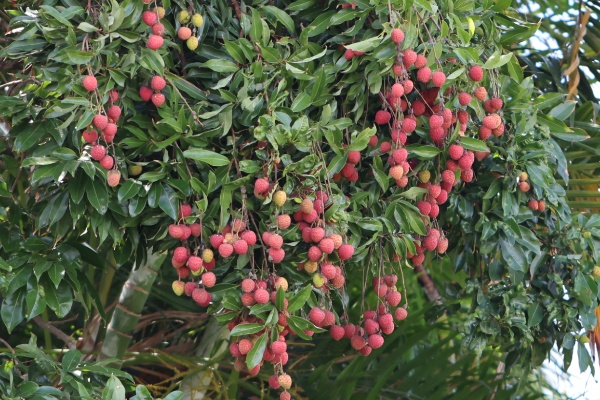
Lychee (Litchi chinensis)
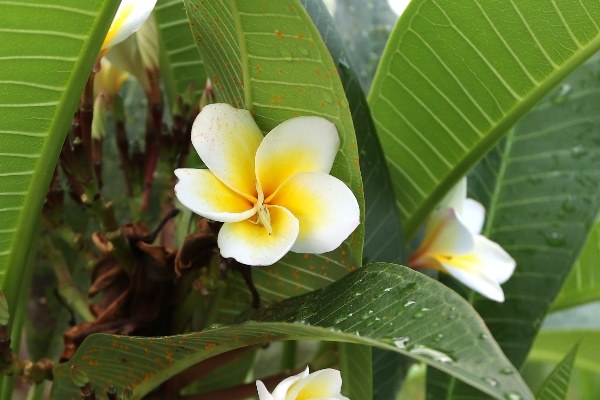
Plumeria (Plumeria rubra)
Alien species are introduced to Hong Kong in several major pathways which are either intentional or unintentional. Intentional pathways include introductions for the purpose of horticulture, aquarium pet breeding, agriculture and aquaculture. Most unintentional introductions are through freights, such as stowaways in cargoes, marine organisms in ballast water and organisms imported along with plants and soil.
Invasive alien species as a global issue
Not all alien species are invasive. Invasive alien species (IAS) refer to alien species that have been established in the local natural environment, and caused adverse impact on ecology, society or economy. Under the influence of globalisation, IAS have caused problems in many parts of the world, including disrupting ecological balance, affecting agriculture and fisheries and causing economic losses.
Strategy for IAS
The Convention on Biological Diversity recommends an approach that involves prioritising management efforts through a risk assessment protocol and adopting the strategy of using prevention, early detection and rapid response as the main defense against IAS, supplemented with appropriate control and management measures. Actions to be taken are explained in details as follows:
1. Establishing a risk assessment protocol to identify target IAS
To determine whether an alien species is invasive, several factors, including its introduction pathway, distribution in the wild, reproductive rate and its impacts in different aspects, have to be considered. This can be done by conducting a risk assessment.
Making reference to protocols being adopted in other regions, the Department has established a risk assessment protocol to objectively assess the risks of alien species. The results of the assessments can facilitate identification of IAS requiring priority treatment, i.e. target IAS, together with other considerations, such as cost-effectiveness of prevention and control measures.
2. Prevention of entry of IAS
For some target IAS that have not yet been introduced, their introduction can be prevented through regulatory measures on the import of animals and plants for the purpose of pest control, quarantine and prevention of diseases.
3. Early detection and rapid response
For target IAS that have not yet been introduced or established locally, monitoring in high-risk locations can aid eradication as soon as they are detected for preventing their establishment.
4. Control measures
For target IAS that are already established, appropriate control measures can be derived with a view to minimising their impacts, taking into account the characteristics of the species, its distribution and spread in the wild.
5. Ecological monitoring and research on IAS
Baseline ecological information and research on IAS can facilitate the monitoring of impact of alien species on local biodiversity.
6. Publicity and education
Publicity and public education on matters related to IAS can help raise public awareness on the severity of the problem.
Currently, control measures are in place for several recognised IAS in Hong Kong:
Mikania (Mikania micrantha)
Mikania is a perennial climber that originated in tropical South and Central America. Its vigorous growth allows it to overshadow other plants, killing them in severe cases. To minimise its impact on natural ecosystems, AFCD regularly monitors country parks, special areas and sites of special scientific interest, and removes any Mikania upon detection. For details, please refer to the information page on Mikania.
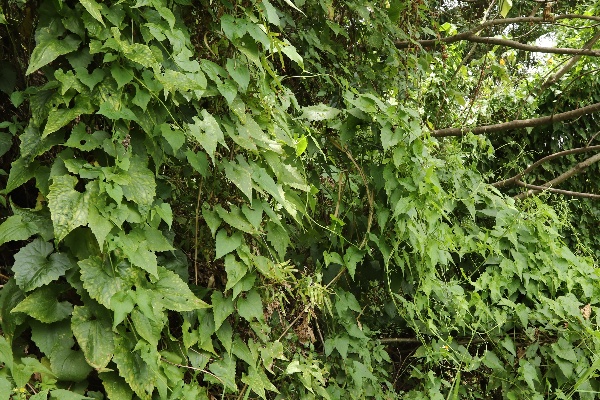
Sonneratia species (S. apetala and S. caseolaris)
Sonneratia species originated in Southeast Asia, northern Australia and coastal areas of the Indian Ocean. They reproduce and grow rapidly in mangals and mudflats and may outcompete native mangroves. AFCD regularly removes Sonneratia in the intertidal mangal and mudflat in the Inner Deep Bay to maintain native mangroves and open mudflat as feeding ground for waterbirds.
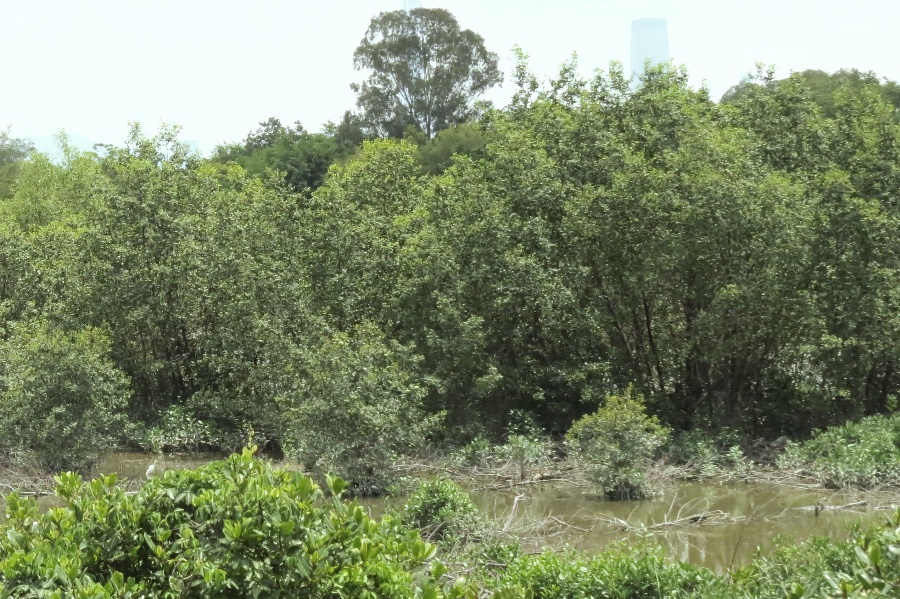
House crow (Corvus splendens)
House crow originated in the Indian subcontinent, Yunnan in China, Myanmar and Thailand, etc. This bird causes nuisance to residential areas. There are also examples of impact on native birds in other countries. The Department has been monitoring the number and distribution of house crow and carrying out nest removal as well as capture operations to control its numbers and minimise its impact on local ecology.
